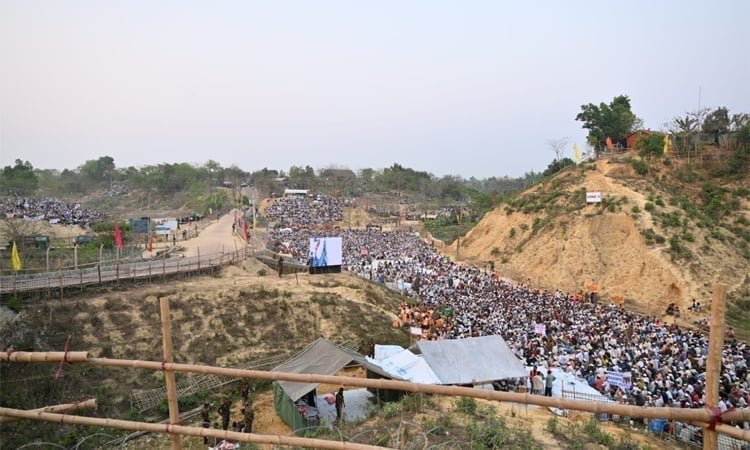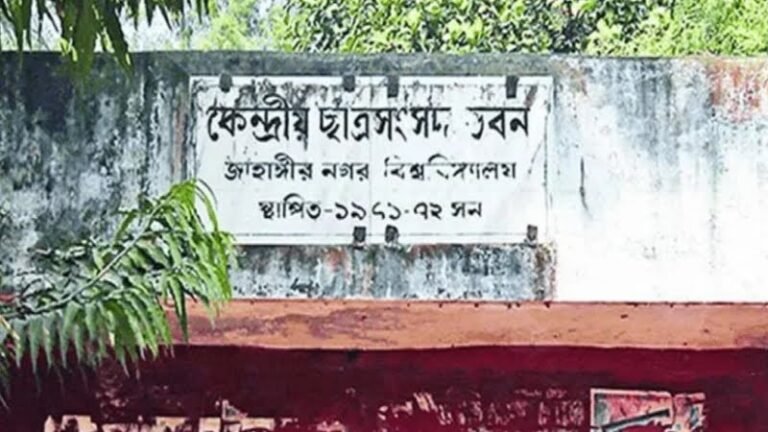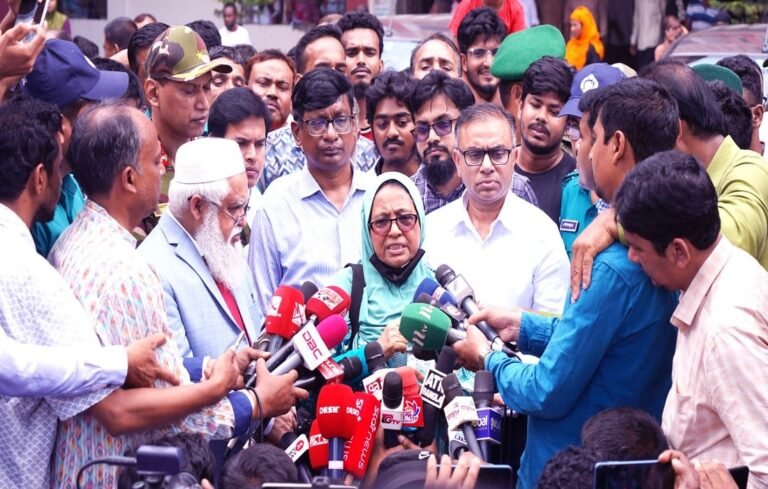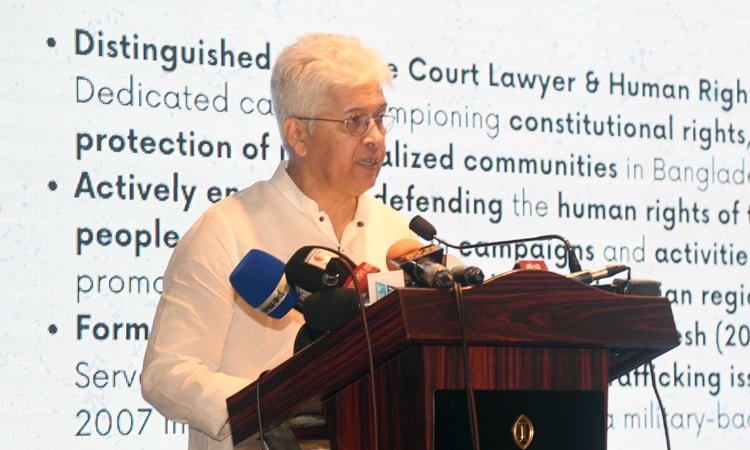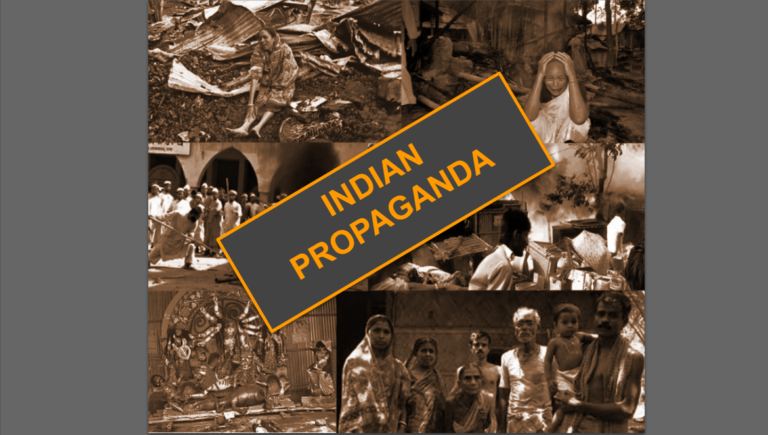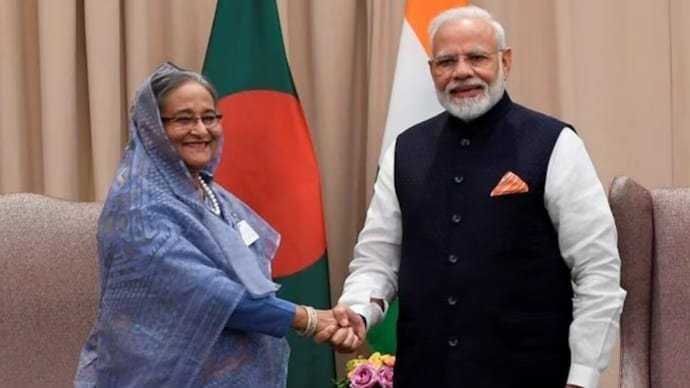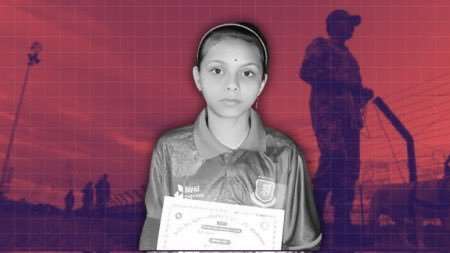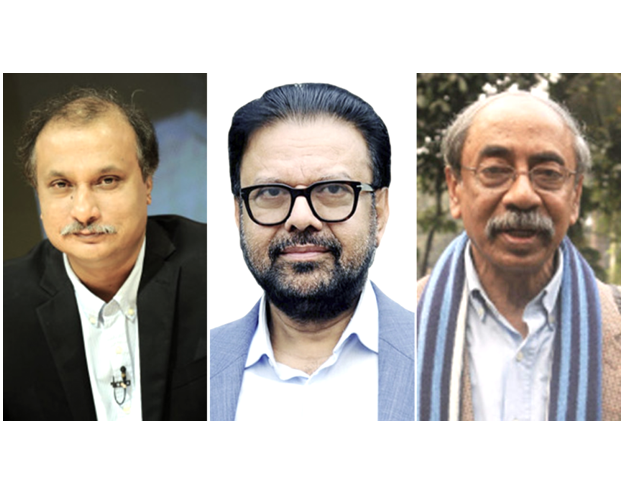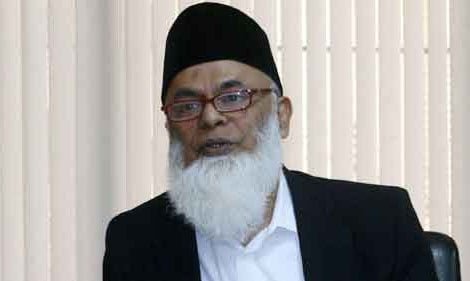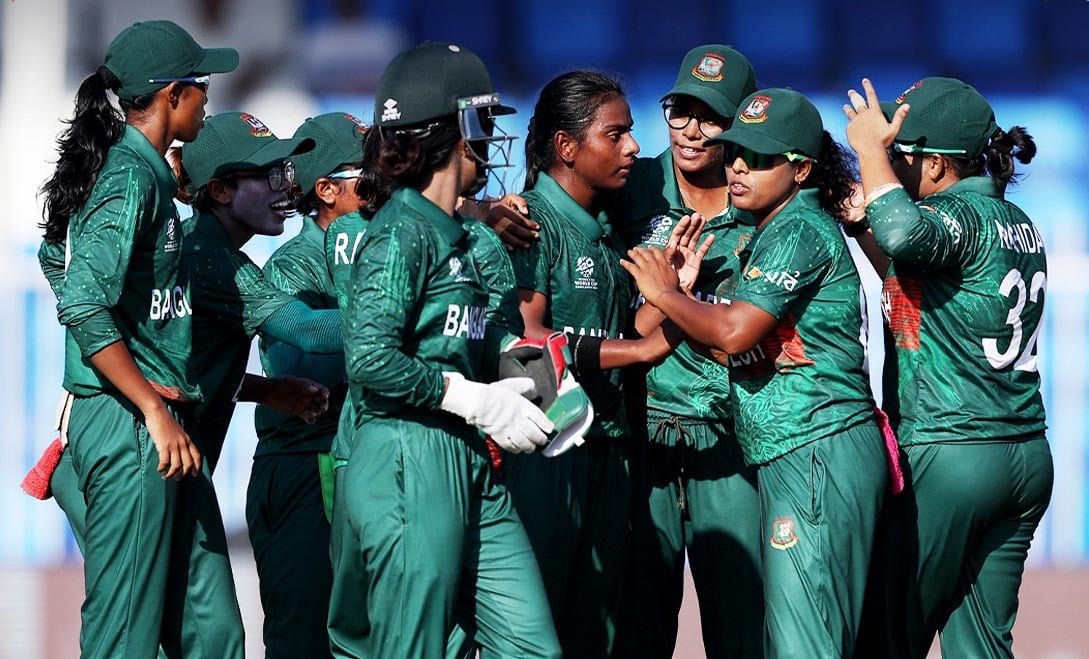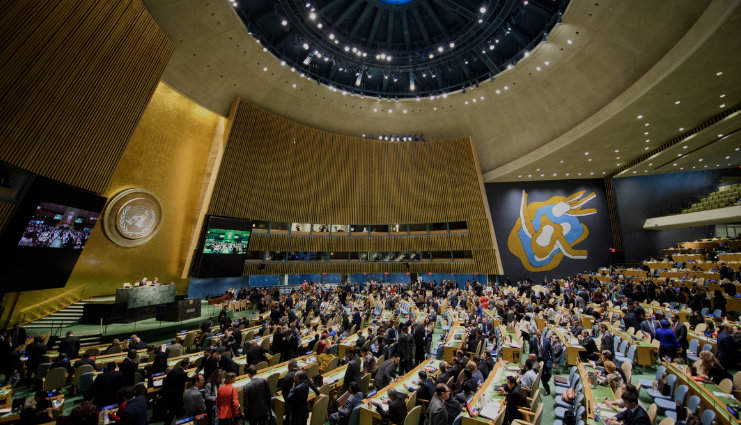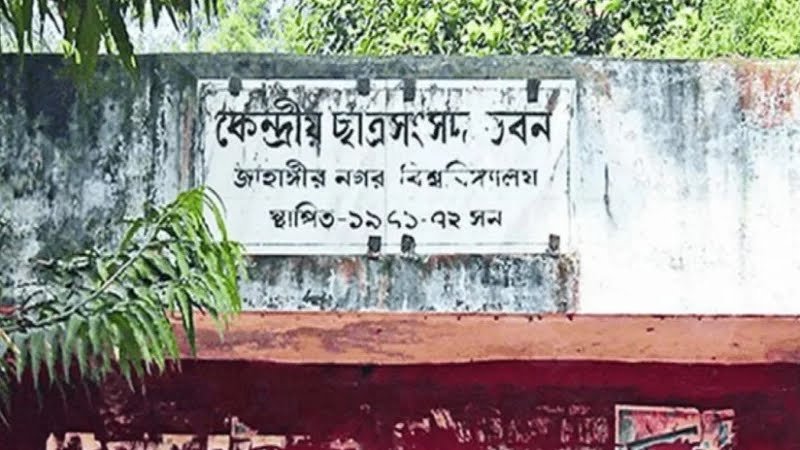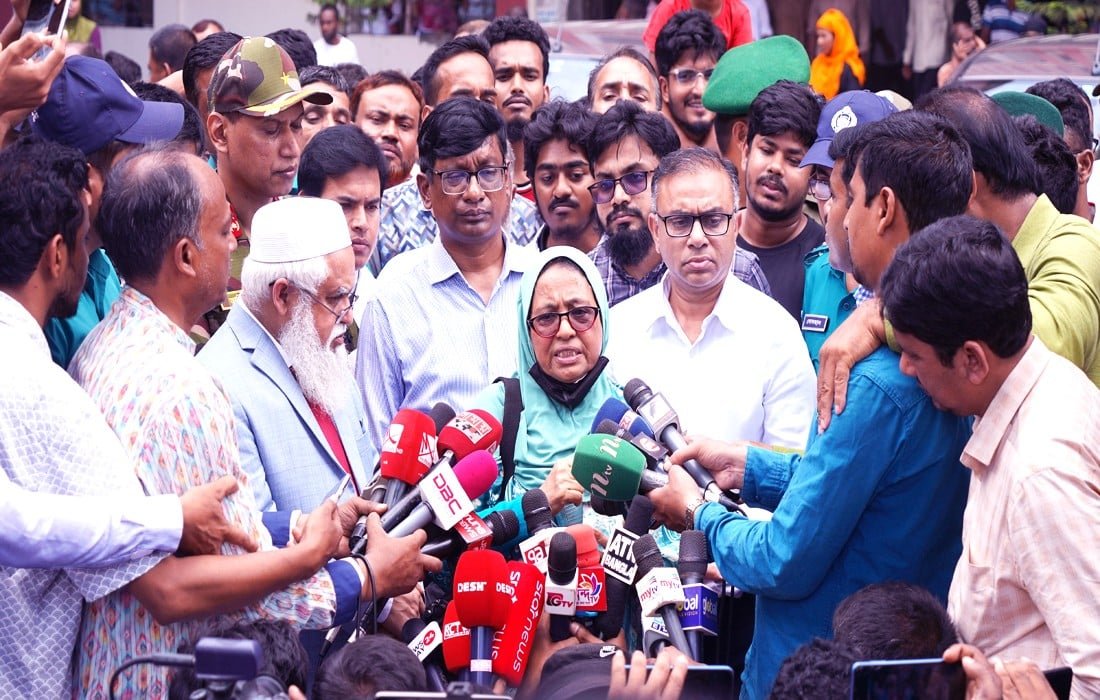Despite a long record of border killings, India is trying to pin the blame on Bangladesh for the death of a 13-year-old girl – while also playing up anti-Hindu violence in Bangladesh.
At a time when Bangladesh-India relations appear to be at an all-time low, following the ousting of the pro-India Awami League government led by Sheikh Hasina, and amid Bangladesh’s accusations that India was responsible for the recent floods – a claim denied by India’s Ministry of External Affairs – the issue of border killings has also taken an intriguing turn.
It is well-known that the India’s Border Security Force (BSF) has been indiscriminately killing Bangladeshis attempting to cross the border over the years. According to the human rights organization Ain O Salish Kendra (ASK), 31 Bangladeshis were killed by the BSF along the border in 2023, with 28 being shot dead. In 2021 and 2022, the number of Bangladeshis killed by the BSF was 18 and 23, respectively. Between 2009 and 2020, at least 522 Bangladeshis lost their lives in such incidents.
Documentation by another rights organization, Odhikar, reveals that at least 1,236 Bangladeshis were killed and 1,145 injured in shootings by the Indian border force between 2000 and 2020. The latest victim of such atrocities by the BSF is a 13-year-old schoolgirl named Swarna Das – or so it seemed.
Bangladesh’s leading English newspaper, The Daily Star, reported that Swarna was killed by the BSF at the Bangladesh-India border in Kulaura upazila of Moulvibazar last Sunday night. (The Daily Star put her age at 16; other sources list Swarna as being 13 or 14 years old. Bangladesh’s government statements describe her as age 13.) Swarna, along with her mother and a couple from Chattogram, attempted to cross the Lalarchak border into India. They were assisted by two local agents. As the group neared the barbed wire fence at the Indian border around 9:00 p.m., “BSF personnel opened fire, killing Swarna on the spot,” The Daily Star reported, while the Chattogram couple sustained injuries. The Daily Star, citing a Border Guard Bangladesh (BGB) official, added that Swarna’s body had been taken by the BSF across the border.
Another Bangladeshi newspaper, Dhaka Tribune, reported that “On Monday evening, when a team from the Border Guard Bangladesh (BGB) 46 Battalion visited Swarna’s home, the news [of her death] spread in the area.” Swarna was the daughter of Parendra Das and Sanjita Rani Das. One of their sons had been living in India’s Tripura state for a long time. According to the family, Swarna and her mother were attempting to illegally cross the border to visit their relative in India.
On Tuesday night – nearly two full days after the incident occurred – the BSF finally handed over Swarna’s body to the BGB. A local police official said the body was then returned to the Das family. Bangladesh’s current interim government has also lodged a formal protest with their Indian counterparts regarding the issue. “In the protest note sent to the Indian High Commission in Dhaka today [Thursday], Bangladesh strongly protested and condemned such ruthless acts and expressed deep concern over the incidents,” read a ministry press statement. “The Government of Bangladesh reminded that such incidents of border killing are undesirable and unwarranted and such actions are in violation of the provisions of the Joint Indo-Bangladesh Guidelines for Border Authorities, 1975,” it added.
Bangladesh also urged India to prevent the recurrence of such “heinous acts,” conduct investigations into all border killings, identify those responsible, and “bring them to justice.” However, the BSF and Indian media seem to be attempting to create a counter-narrative that blames Bangladesh for the schoolgirl’s murder. The Times of India reported that Swarna, whom it described as a “minor Hindu girl,” was “allegedly shot dead by [the] Border Guard of Bangladesh (BGB)” while attempting to cross the border in a bid to “escape atrocities in her own country.”
The report quoted a source in the home department as saying, “Reportedly, Swarna and her parents had been facing problems in Bangladesh since the regime change [referring to the ousted of Prime Minister Sheikh Hasina on August 5]. In the last three weeks, they attempted to cross over to Tripura thrice but failed.” According to the source, Swarna was killed within Bangladesh, but “managed to run a short distance after being shot” and died on Indian soil – which is why her body was retrieved by the BSF. A “senior BSF officer” confirmed that narrative for the Times of India: “Swarna was killed by BGB and after all the formalities, we have handed over her body to the family through BGB.” Indian media reports also claimed that the BSF tried to return the body the next day, but “the Bangladeshi side refused to take it back” for over 24 hours.
What is curious about the Indian narrative is that it not only denies blame for the killing of a teenage girl but plays into claims of widespread attacks on minorities in Bangladesh. This approach appears to be an attempt to deflect attention and avoid taking proper action against the perpetrators of the incident.
Since the student-led mass uprising toppled Hasina’s regime in Bangladesh, there has been a continuous flow of misinformation and disinformation from India, flooding both mainstream and social media. Attacks on Hindu minorities in Bangladesh, which did occur to some extent, were exaggerated to create an entirely alternate reality. However, thanks to the efforts of mainstream international media outlets like BBC, Al Jazeera, and DW, much of this misinformation has been debunked. For example, BBC Verify discovered that a photo of the arson attack on the house of cricketer Mashrafe Bin Mortaza, an Awami League lawmaker, was being circulated as an image of cricketer Liton Das’ house. Das is Hindu, which fit the popular Indian narrative that Hindus were under siege. Another report by DW highlighted that during recent protests in Bangladesh, old images of rape and violent attacks on
Bangladeshi Hindus had resurfaced online as current events, seemingly to inflame ethnic tensions within the country. Al Jazeera also reported that articles and videos with misleading content were circulating across Indian media and social media platforms. Zahed Ur Rahman told Al Jazeera that “Indian media somehow have been interpreting the whole scenario through their Islamophobic eye.” In the tragic case of Swarna Das’ murder, it seems that, once again,
Indian media and its government are attempting to leverage disinformation about attacks on minorities in Bangladesh to obscure the grim reality of the egregious killings occurring at the Bangladesh-India border. Both Bangladeshi and international media have consistently reported incidents of Bangladeshi citizens being killed by the BSF. Notably, no mention of these previous cases was made in Indian media reports blaming the BGB for Swarna’s death.


